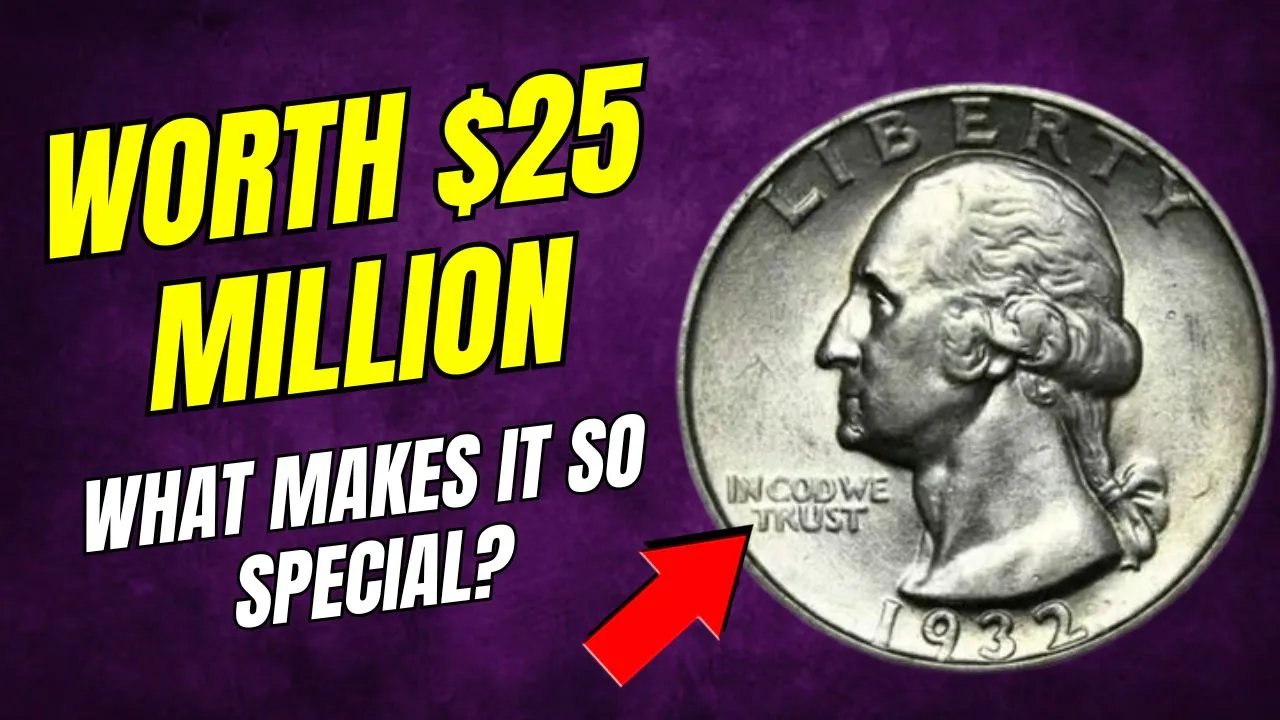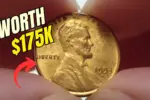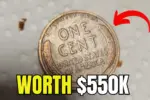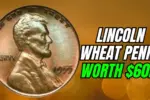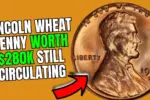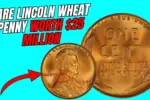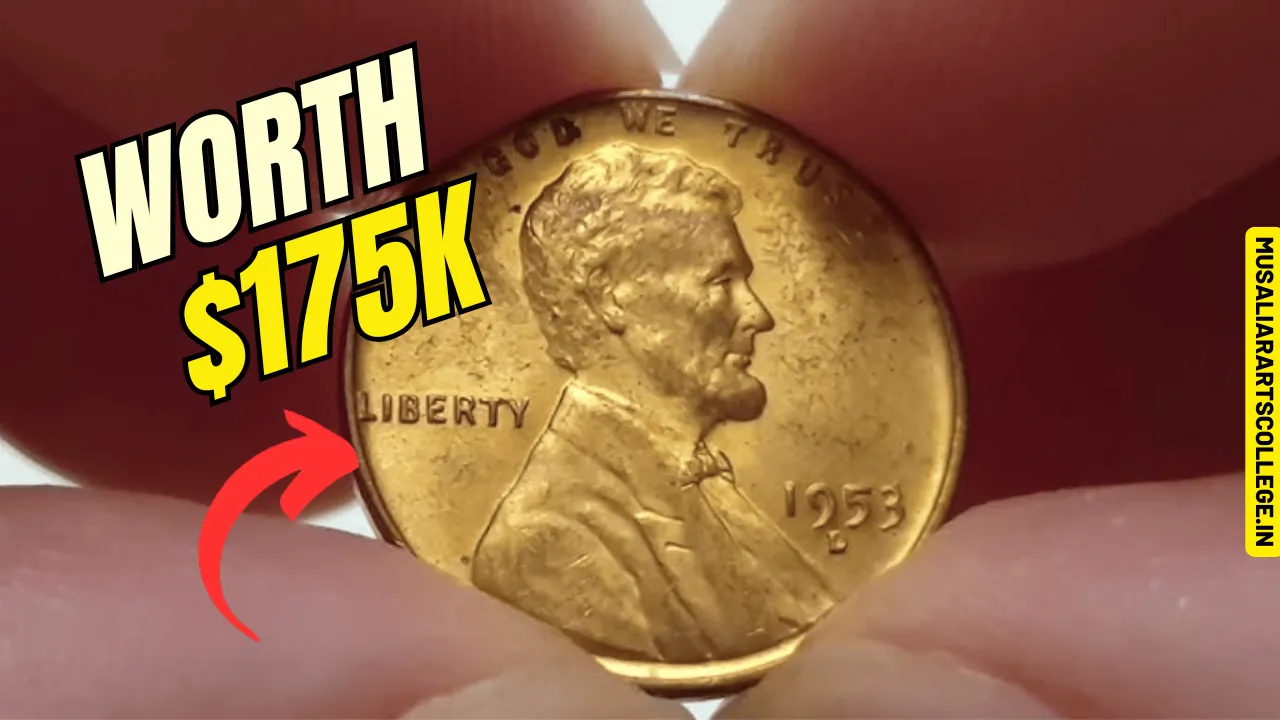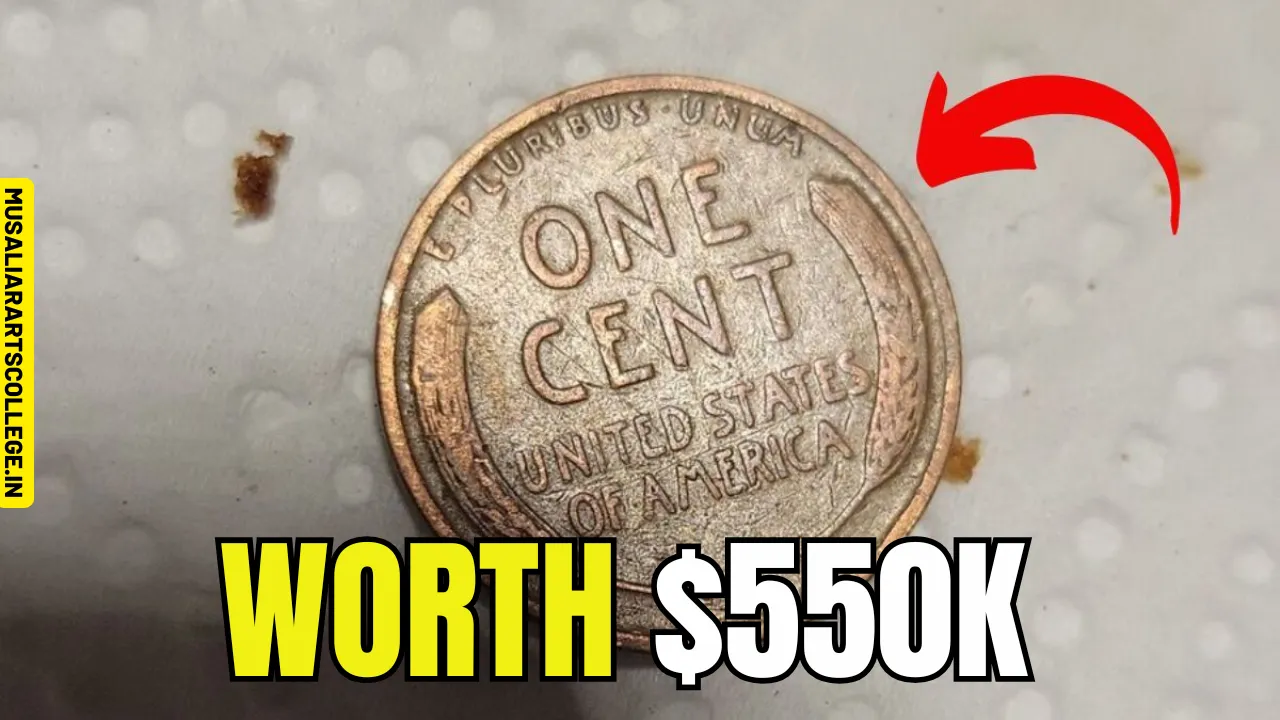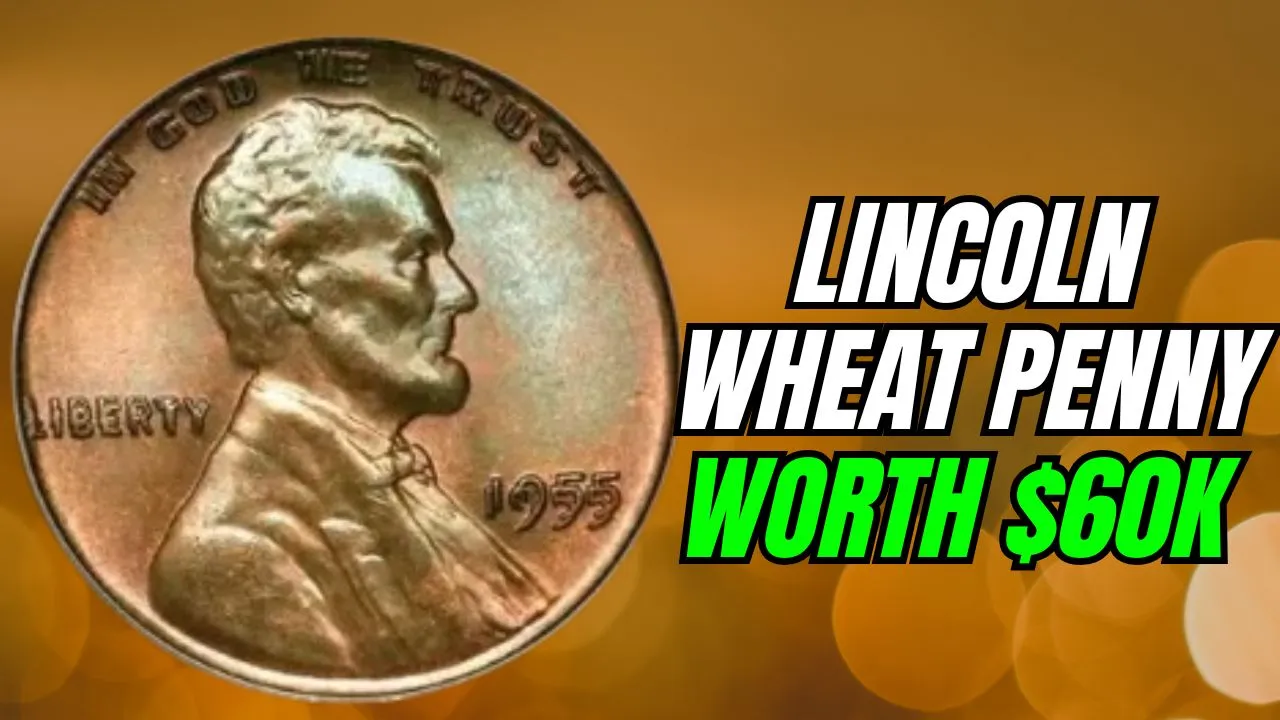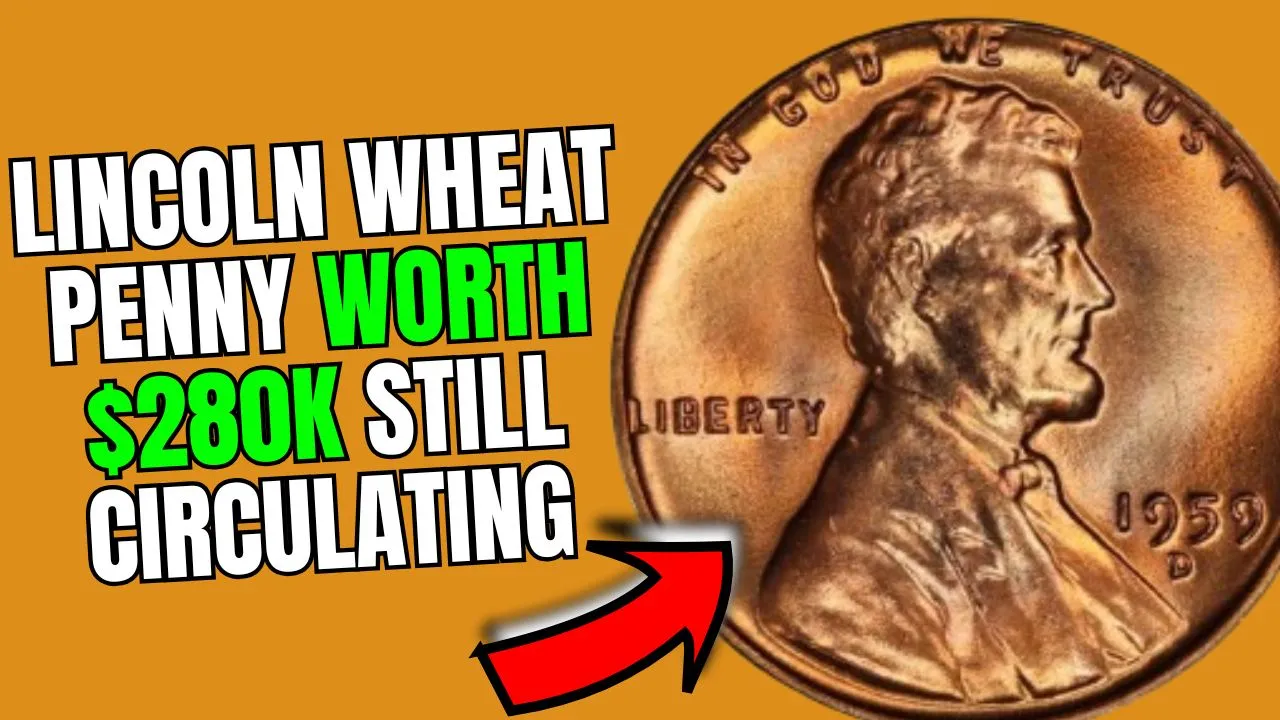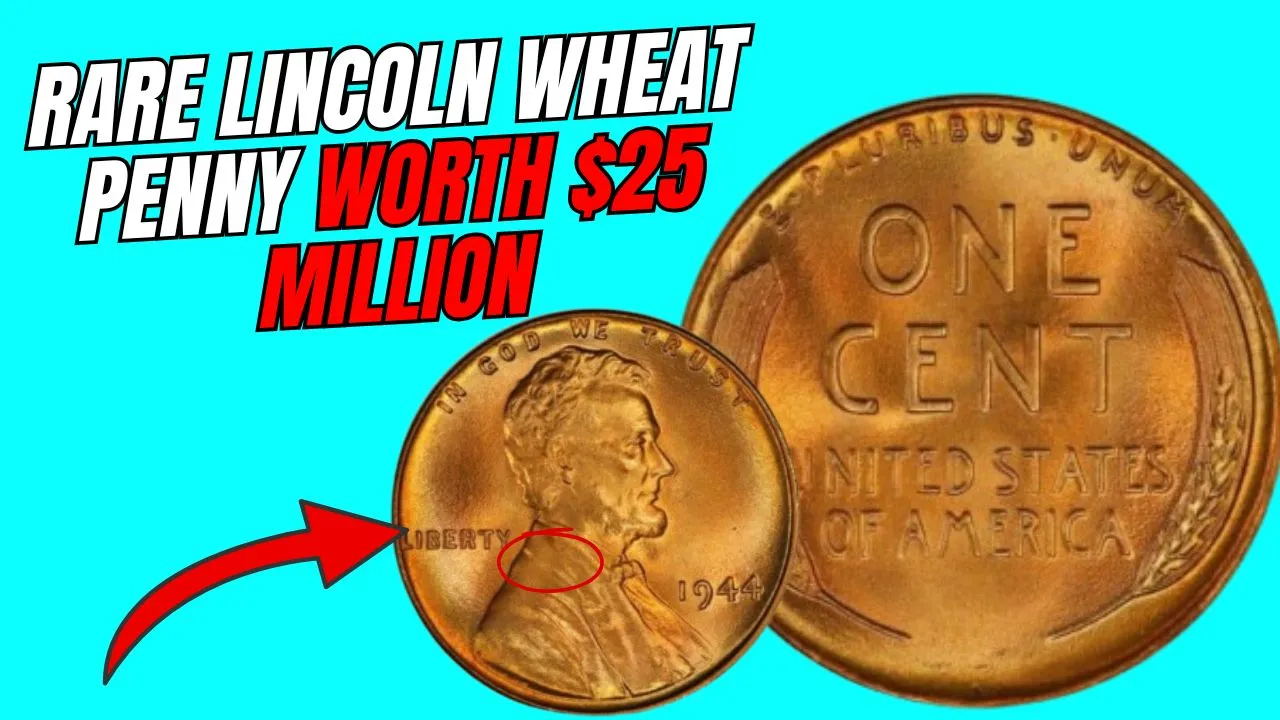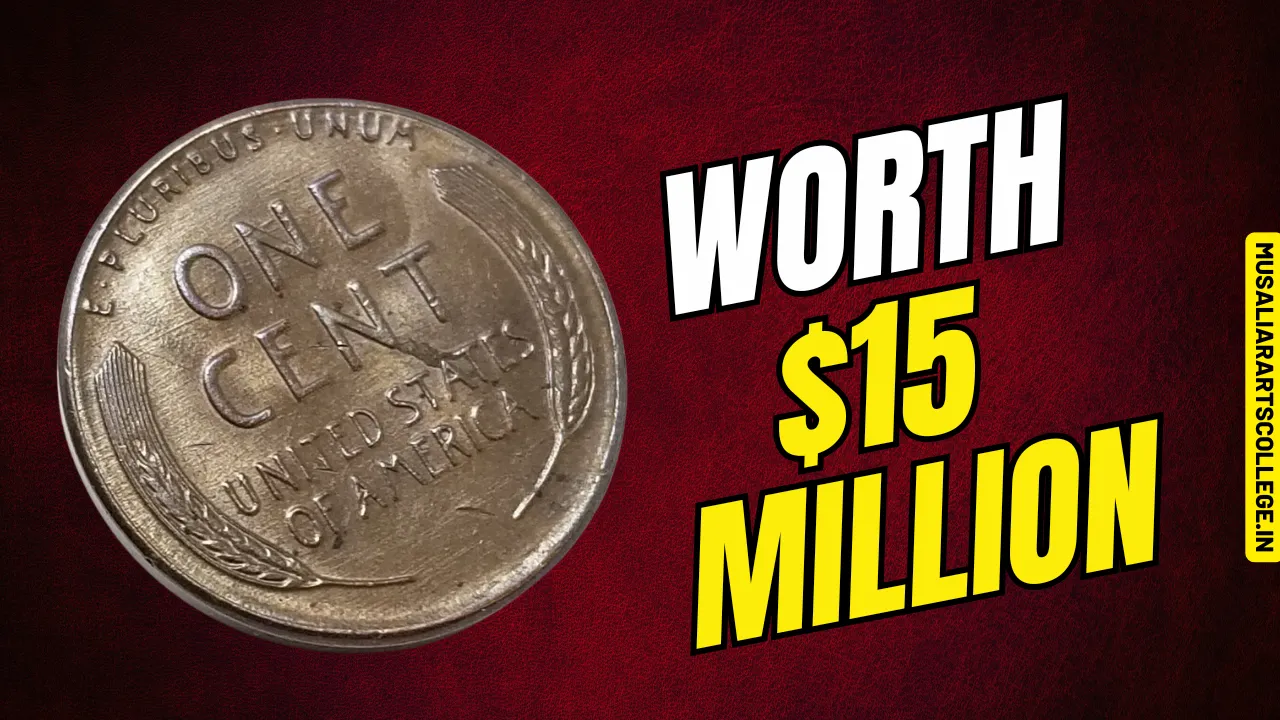Rare 25-Cent Coin: Rare coins often carry both historical and monetary value, but few are as captivating as the rare 25-cent coin, which has gained legendary status in numismatics. The idea of a single quarter being worth up to $25 million might sound like fantasy, but for collectors, it’s very much a reality.
These extraordinary coins are often tied to unique stories, minting errors, or historical significance. Whether you’re a collector or simply intrigued, this article explores the fascinating history of the 25-cent coin, explains the factors that make it so valuable, and provides tips for spotting one in your collection.
A Brief History of the 25-Cent Coin
The 25-cent coin, or quarter, has been a key part of U.S. currency for more than two centuries. It was first introduced in 1796, shortly after the Coinage Act of 1792, which established the U.S. Mint and defined the nation’s coinage system.
The early quarters were made of silver and bore a simple design featuring Lady Liberty surrounded by the words “Liberty” and “E Pluribus Unum.” Over time, the quarter’s design has evolved to reflect America’s cultural and historical milestones. Key examples include:
- Barber Quarter (1892–1916): A classic design featuring Liberty in profile.
- Standing Liberty Quarter (1916–1930): Showcasing Lady Liberty holding a shield, symbolizing peace and protection.
- Washington Quarter (1932–present): Introduced to commemorate George Washington’s 200th birthday.
Though these designs are widely recognized, certain rare versions of these coins—due to limited mintage, errors, or unique characteristics—have become immensely valuable.
Why Are Some 25-Cent Coins Worth Millions?
Not every quarter is a treasure, but a select few can fetch millions due to specific traits that set them apart. Here are the key factors that determine the value of a rare 25-cent coin:
1. Rarity and Limited Mintage
Coins minted in small quantities are often the most valuable. For instance, certain commemorative or experimental coins were produced in extremely limited numbers, driving demand among collectors.
2. Minting Errors
Minting mistakes can turn an ordinary coin into a highly coveted collectible. Examples of errors include:
- Off-center strikes.
- Double strikes (where the coin design is stamped twice).
- Use of the wrong metal, such as silver instead of nickel.
These errors are unique, which makes them desirable to collectors seeking one-of-a-kind pieces.
3. Condition and Grading
A coin’s condition, assessed through professional grading, plays a huge role in its value. Grading services like PCGS (Professional Coin Grading Service) evaluate coins on a scale of 1 to 70, with higher numbers indicating better condition. Rare coins graded MS-65 or above often command premium prices.
4. Historical Importance
Coins tied to historical events or significant moments in U.S. history hold greater value. For example, the Bicentennial quarters from 1976 are prized for their commemoration of America’s 200th anniversary.
Examples of Rare and Valuable 25-Cent Coins
Some rare 25-cent coins have reached astonishing prices at auctions. Here are a few iconic examples that collectors dream of owning:
1. 1916 Standing Liberty Quarter
- Why It’s Valuable: Some coins in this series lack stars beneath Lady Liberty’s feet, a minting oversight that makes them incredibly rare.
- Value: While average examples sell for $10,000 or more, a pristine coin can fetch upwards of $1.5 million at auction.
2. 1932-D Washington Quarter
- Why It’s Valuable: The first year of the Washington quarter series saw only 436,800 coins minted at the Denver Mint, making this one of the scarcest quarters.
- Value: High-grade specimens can sell for anywhere from $100,000 to $250,000, with flawless examples commanding even higher prices.
3. 1965 Silver Error Quarter
- Why It’s Valuable: In 1965, the U.S. Mint transitioned from silver to a copper-nickel composition. However, a small number of 1965 quarters were accidentally struck using silver, creating a rare and valuable error coin.
- Value: Depending on condition, these coins can sell for $7,000 to $25,000 or more.
How to Identify a Rare 25-Cent Coin
If you suspect you have a rare 25-cent coin, here are a few steps to help you evaluate its potential value:
- Examine the Year and Mint Mark:
Look for coins from specific years or mints, such as Denver (D), San Francisco (S), or Philadelphia (P). Certain low-mintage years are particularly valuable. - Inspect for Errors:
Check for imperfections such as double strikes, off-center designs, or unusual materials. These minting errors make coins more collectible. - Check Its Condition:
A coin in mint condition is far more valuable than one that’s scratched or worn. Use a magnifying glass to inspect your coin for damage or wear. - Get Professional Grading:
If you believe your coin might be rare, have it authenticated and graded by a trusted service like PCGS or NGC (Numismatic Guaranty Corporation). - Research Known Rarities:
Familiarize yourself with the most valuable 25-cent coins. Online resources, collector forums, and coin shows are great places to learn more.
Why Collect Rare 25-Cent Coins?
Investing in rare coins, particularly 25-cent coins, can be both a rewarding hobby and a smart financial move. These coins often appreciate in value over time, especially as their rarity increases and interest in numismatics grows.
Beyond their monetary worth, rare coins offer a tangible connection to history. Each coin tells a story—whether it’s about a minting error, a historical event, or the artistry of a bygone era.
If you’re new to collecting, start by learning about coins in circulation today. Even pocket change can sometimes yield surprising treasures!
FAQs
1. How can I tell if I have a rare 25-cent coin?
Check the coin’s year, mint mark, and condition. Look for minting errors or other unique features, and consider having it professionally graded.
2. What is the most valuable 25-cent coin?
The 1916 Standing Liberty quarter, especially the version missing stars, is among the most valuable, with some fetching over $1.5 million.
3. Where can I buy or sell rare 25-cent coins?
You can buy or sell rare coins through online auctions, coin shows, or professional dealers. Ensure you work with reputable sources.
4. Are error coins always valuable?
Most error coins are worth more than their face value, but their worth depends on the type of error, rarity, and condition.
5. Why are some coins more valuable than others?
Factors like rarity, historical significance, minting errors, and overall condition contribute to a coin’s value.
Final Thoughts
The allure of rare 25-cent coins lies not just in their extraordinary value but in their ability to connect us to history. These coins represent moments in time, often marked by unique designs or fascinating mistakes.
Whether you’re a seasoned collector or just getting started, exploring the world of rare coins can be a thrilling journey. Who knows? You might find a hidden treasure in your pocket change!
Have you ever come across a rare coin? Share your stories in the comments below, and don’t forget to share this article with other coin enthusiasts. Start exploring—you might just strike gold!
